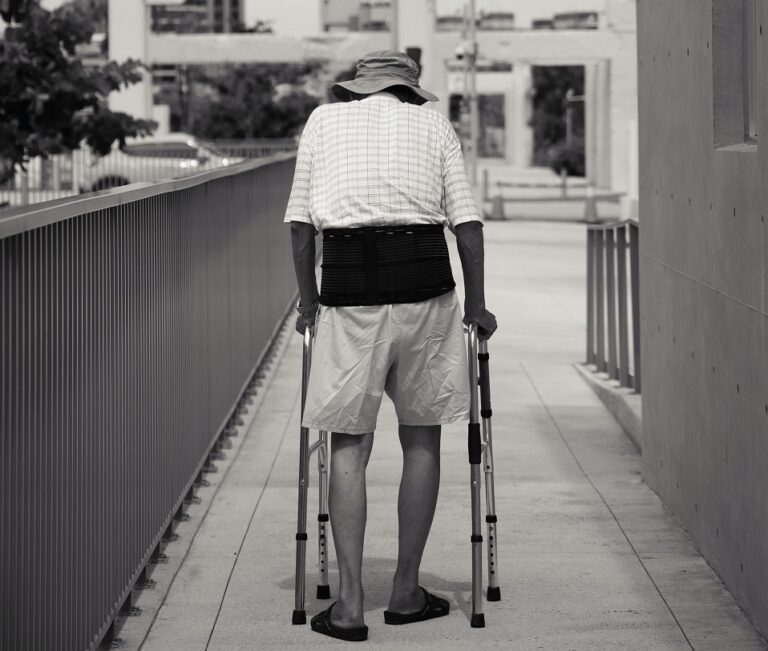Page Contents
Fragility fractures are breaks in bones that occur from low-impact events, such as a fall from standing height or even minor bumps. These fractures are typically a sign of underlying bone weakness, often due to osteoporosis or osteopenia. Unlike traumatic fractures in younger adults, fragility fractures reflect diminished bone density and compromised bone architecture, the hallmarks of ageing. They commonly affect the hip, spine, wrist, and shoulder, and pose serious health risks to the elderly.
Prevalence of fragility fractures
Fragility fractures predominantly affect older adults, especially women over the age of 65. Women are particularly vulnerable due to post-menopausal bone loss caused by decreased estrogen levels. Men are also affected, albeit later in life, typically after the age of 70. In Singapore, like many ageing societies, fragility fractures are expected to rise sharply with the growing elderly population. Worldwide, hip fractures are projected to increase from 1.6 million in 2000 to over 6 million by 2050!
Who is at higher risk?
Several risk factors contribute to fragility fractures. These include:
Age >65 years
Female gender (especially post-menopausal)
History of previous fractures
Low body weight or BMI
Poor nutrition, especially calcium and vitamin D deficiency
Chronic illnesses such as diabetes, rheumatoid arthritis, Parkinson’s disease, and stroke
Medications like steroids, proton pump inhibitors, or anticonvulsants that reduce bone density
What causes fragility fractures?
The primary cause is bone weakening, typically due to osteoporosis, where bone resorption outpaces bone formation, resulting in porous, brittle bones. Age-related changes in bone remodeling, hormonal changes, vitamin D deficiency, and sedentary lifestyle further accelerate this deterioration. Often, even minor falls or actions like coughing or bending can result in a fracture in a frail individual.

Why are they a big deal?
Fragility fractures have far-reaching consequences. Hip fractures in particular carry a high risk of mortality within the first year (up to 20–30%) and often result in loss of independence. Many patients are unable to return to their previous level of function, requiring long-term care or admission to a nursing facility. Spinal fractures may lead to chronic pain, height loss, and deformity. The psychological impact, including fear of falling again, can also result in social isolation and depression.

How do you know if someone has fragility fractures?
Fragility fractures may present in subtle ways. Common symptoms include:
Sudden localised pain after a fall or strain
Inability to bear weight or walk (in hip fractures)
Back pain and loss of height (in vertebral fractures)
Swelling, bruising, or deformity over the affected site

Notably, vertebral fractures can be silent, only detected incidentally on X-rays or imaging done for other reasons.
Screening and identifying the risk even before imaging
Fragility fracture risk is assessed clinically using tools like the FRAX (Fracture Risk Assessment Tool), which estimates 10-year fracture risk based on age, gender, clinical risk factors, and bone mineral density (BMD), if available.
Before imaging, a thorough clinical history, including history of falls, family history of fractures, smoking, and steroid use, is essential. Bone density testing using DEXA scans (Dual-Energy X-ray Absorptiometry) remains the gold standard to detect osteoporosis.
What can be done?
Treatment depends on the type and severity of fracture:
Surgical repair is common for hip and some vertebral fractures.
Pain management is essential, especially for spinal fractures.
Anti-osteoporotic medications such as bisphosphonates (e.g., alendronate), denosumab, or teriparatide are prescribed to strengthen bones.
Rehabilitation with physiotherapy is vital to restore mobility, prevent deconditioning, and reduce fall risk.
Fall prevention strategies such as home modifications, mobility aids, and vision correction, are integral to long-term management.
How to stay ahead of the problem?
The best approach is early prevention, especially before fractures occur. Key strategies include:
Nutrition, adequate intake of calcium (1,000–1,200 mg/day) and vitamin D (800–1,000 IU/day).
Weight-bearing exercises (e.g., walking, tai chi, resistance training) to maintain bone and muscle strength.
Fall-proofing the home, including grab bars, non-slip mats, and adequate lighting.
Regular screening for osteoporosis, especially for postmenopausal women and men over 70.
Bone health checks during health screening events or community programs can offer early identification.
Conclusion
Fragility fractures are more than just broken bones, they are a warning sign of declining bone health and increased vulnerability in the elderly. As caregivers, family members, or healthcare professionals, it’s vital to recognise the early signs, manage the risks, and take proactive steps to prevent falls and fractures. Let us empower our elderly to age gracefully, be strong in both body and spirit.
